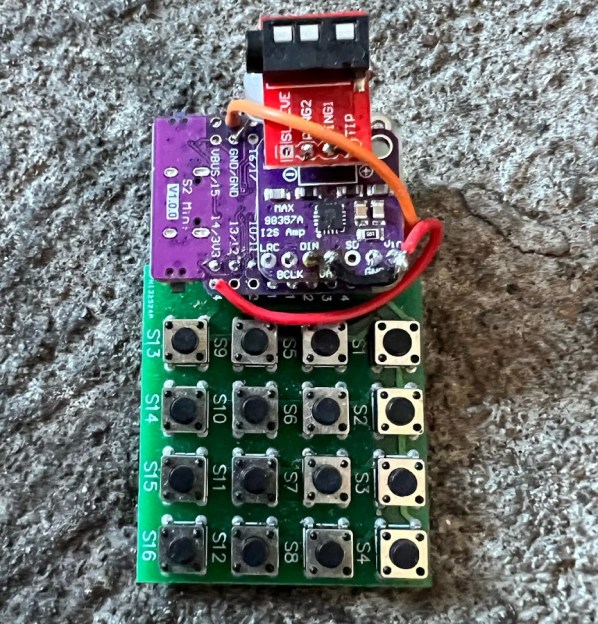Before COVID, people traditionally sealed their initial introduction to each other with a handshake. Nowadays, that activity seems kind of questionable. But you can still give them something to shake if you build this persistence of vision (POV) business card from [chaosneon] to show your credentials in blinkenlights form.
As you might have guessed, the input comes from a tilt switch. The user simply shakes the card back and forth, and the sensor detects the direction and cadence of the shake. Cleverly, the pattern plays forward-ways on the swing, and backwards on the back stroke, which just reinforces the POV effect. Don’t worry about how slow or fast to shake it, because the timing adjusts for your speed.
The first version used individual white LEDs, hand-soldered to an ATtiny2313. Now, in the updated version which you can see in the demo video after the break, [chaosneon] is using an RGB NeoPixel strip, which only needs one data wire to connect to the microcontroller. Thanks to this, [chaosneon] was able to to downsize to an ATtiny85.
Continue reading “2024 Business Card Challenge: Make Them Shake Your Handiwork”




















